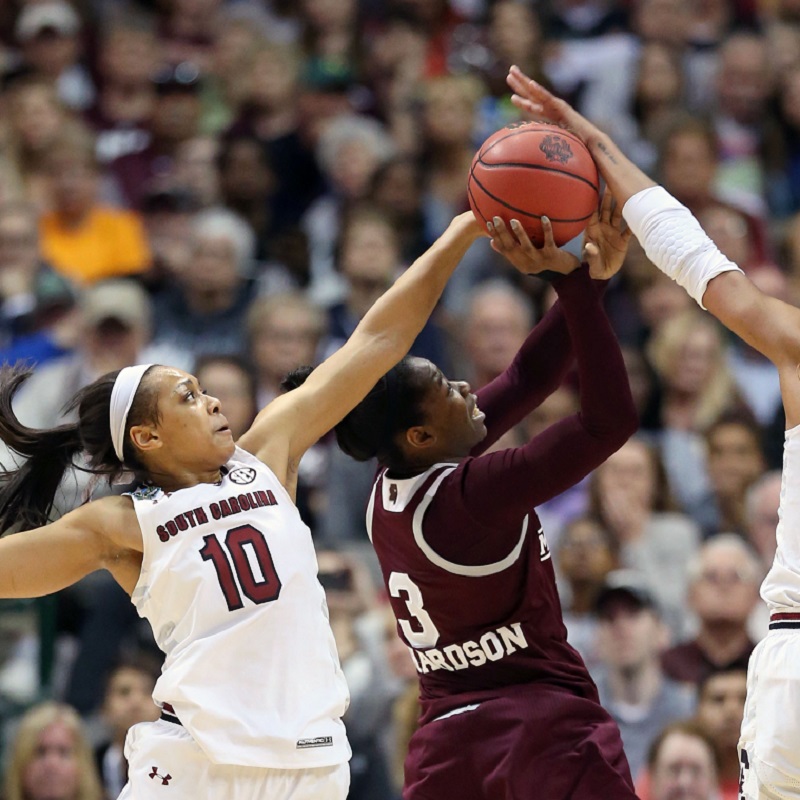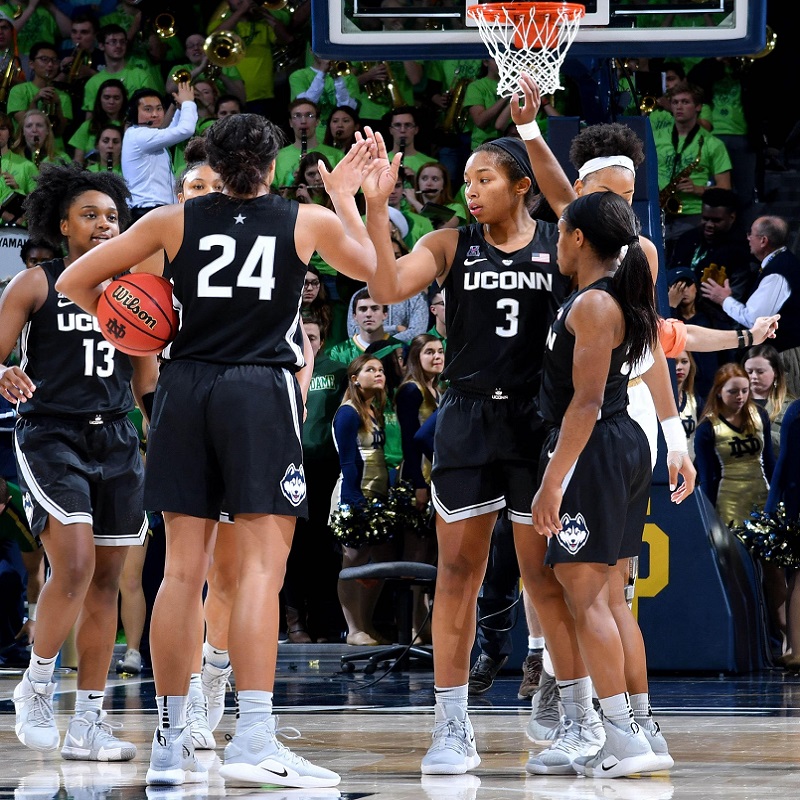Introduction
Women’s college basketball has significantly grown in popularity in recent years. This increase in viewership and participation has spurred curiosity about the rules and structure of the game. One common question asked by fans and newcomers alike is, how many quarters in women’s college basketball? This fundamental question leads to a broader understanding of the game and its unique dynamics. In this article, we will explore the quarter system used in women’s college basketball, delve into the associated rules, and discuss the implications of this format on the gameplay.
The Basics of Women’s College Basketball
To answer the question of how many quarters in women’s college basketball, it is essential to first look into the primary aspects that govern the game. Women’s college basketball is primarily regulated by the NCAA (National Collegiate Athletic Association). As a governing body, the NCAA has established rules and structures that set women’s basketball apart from other formats.
1. Game Duration
In women’s college basketball, the game is divided into four quarters, with each quarter lasting ten minutes. This structure results in a total game duration of forty minutes.
- Strategic Implications: This four-quarter format allows for more frequent opportunities for teams to adjust their strategies. As a result, coaches can evaluate player performances and implement tactical changes at the end of each quarter. This flexibility becomes integral in high-pressure situations, creating an engaging experience for the audience.
- Comparison with Men’s Basketball: In contrast, men’s college basketball consists of two twenty-minute halves. Consequently, the differing durations have substantial implications for pacing, player fatigue, and game strategies. Coaches in women’s basketball can strategize and adapt in shorter bursts, which adds an exciting dynamic to the game.
2. Breakdown of Each Quarter
Understanding how many quarters in women’s college basketball also involves considering what happens during each quarter. The breakdown of a game into quarters significantly impacts the overall flow and strategy.
- First Half: The initial two quarters are crucial for establishing a team’s rhythm. Players and coaches focus on executing strategies, identifying strengths and weaknesses, and determining the play style that works best against the opponent.
- Second Half: Conversely, the last two quarters tend to be more intense, as teams strive to maintain their leads or mount comebacks. This is when teams dig deep, showcasing their skills and building on the momentum gained in earlier quarters. As a result, audiences witness thrilling displays of athleticism and strategy, making every possession count.

The Significance of the Quarter System
Moving forward, the decision to implement a four-quarter system in women’s college basketball brings considerable advantages and challenges that affect gameplay dynamics.
1. Increased Scoring Opportunities
The quarter format allows teams to seize scoring opportunities within shorter timeframes, enhancing both excitement and pace of the game.
- Concentration of Efforts: By breaking the game into quarters, each segment serves as a fresh start, allowing teams to focus their efforts and attack strategies effectively. This system encourages dynamic plays, enabling teams to capitalize on their scoring potential.
- Momentum Shifts: Moreover, the four-quarter structure allows for rapid shifts in momentum from one team to another. When a team performs exceptionally well in one quarter, this energy can carry over, enhancing their confidence and performance in the next. Fans witness how quickly a game can change, bringing thrills and rising tensions that keep the audience engaged.
2. Tactical Timeouts and Breaks
Another essential element of the quarter system is the inclusion of tactical timeouts and breaks, which can play critical roles in game strategy.
- Strategic Timeouts: Each team has a limited number of timeouts available during a game, typically one per quarter. Coaches strategically use these timeouts to discuss tactics, provide motivation, or halt the opposing team’s momentum. Therefore, effective management of timeouts can significantly influence the game’s outcome.
- Quarter Breaks: After each quarter, teams enjoy a short break lasting about one minute. During this time, coaches and players regroup, assess performance, and make necessary adjustments. This pause allows for physical recovery, essential for maintaining intensity while ensuring athletes are ready for the next challenge.

Basic Rules Governing Women’s College Basketball
Aside from understanding how many quarters in women’s college basketball, it is vital to know the fundamental rules that govern the game. These regulations contribute to the pace and competitive nature of the sport.
1. Fouls and Free Throws
Understanding fouls is crucial for navigating the game effectively.
- Team Foul Limits: In women’s college basketball, a team can commit up to seven fouls in a single quarter before the opponent is awarded free throws. This rule enhances the importance of disciplined play, forcing teams to balance aggressive defense with caution.
- Individual Player Fouls: Furthermore, individual players must be conscious of their foul counts. Accumulating five personal fouls results in disqualification from the game, placing pressure on coaches to manage player minutes effectively. This adds an element of strategy, as teams often have to adjust their gameplay based on available players.
2. Shot Clock Rules
The shot clock is another critical element that influences the pace of play in women’s college basketball.
- Shot Clock Duration: Women’s college basketball operates under a 30-second shot clock. This rule compels teams to take quick and decisive shots, thereby keeping the game engaging and fast-paced.
- Consequences of Failing to Shoot: If a team fails to attempt a shot within the designated time frame, the opposing team gains possession of the ball. As a result, this regulation ensures continuous action, demonstrating the necessity of strategic play and teamwork.

Comparison with Men’s College Basketball
Taking a closer look at the differences between women’s and men’s college basketball highlights the unique characteristics of women’s basketball.
1. Game Length Variations
- Men’s Format: As previously noted, men’s college basketball features two twenty-minute halves, affecting pacing and strategy significantly. Coaches must prepare their teams to maintain stamina for longer periods, often leading to different rotational strategies.
- Energy Management: The quarter format allows women’s basketball players to manage their energy levels more effectively. Shorter bursts of play mean athletes can perform at a higher intensity. This not only produces exciting moments but also helps maintain high skill levels throughout the game.
2. Overall Game Pace
The transition to a four-quarter format in women’s basketball has contributed to an increase in the overall game pace.
- Faster Flow: The shorter quarters generally lead to a faster-paced game where teams capitalize on quick scoring opportunities. This aspect creates a more dynamic experience for viewers, as both teams must constantly stay alert and adaptable.
- Strategic Adaptation: The prevalence of quarter breaks allows coaches to implement immediate strategic adaptations. Coaches can quickly refocus and reassess their teams based on what transpired in the previous quarter, making in-game coaching decisions particularly critical.

The Future of Women’s College Basketball
Looking ahead, the landscape of women’s college basketball continues to evolve, with potential changes that could shape its future.
1. Continued Evolution of the Game
- Fan Engagement: With increasing audiences, there’s a significant interest in making the sport more appealing to fans. Enhancements that keep the audience engaged, such as exciting gameplay or innovative promotions, could influence alterations to existing rules.
- Adaptations Based on Trends: Additionally, observing international play may lead to the introduction of new rules that align with evolving competitive standards. Adapting successful practices could bolster the game’s appeal and elevate its stature.
2. Competitive Landscape
With an influx of young talent emerging in the sport, the competitive landscape is shifting dramatically.
- Recruitment and Visibility: Increased visibility for women’s basketball programs helps attract talented athletes. This influx of talent leads to stronger competition and more prominent rivalries, enriching the viewing experience for fans.
- Diverse Playing Styles: As more athletes with diverse backgrounds enter the league, teams are challenged to implement a broader array of strategies. Coaches must focus on building tailored plans that leverage their unique strengths, ensuring adaptation to the evolving nature of the sport.

Conclusion
In conclusion, understanding how many quarters in women’s college basketball is fundamental for anyone interested in the sport. The four-quarter format, totaling forty minutes of play, plays a crucial role in shaping game dynamics, fostering excitement, and enhancing viewer engagement.
Each quarter introduces unique challenges and moments that keep fans engaged from start to finish. The implications of this structure influence everything from player performance to coaching tactics, significantly elevating the overall experience for those involved.
As women’s college basketball continues to flourish, acknowledging its rules, gameplay, and strategy will deepen our appreciation of the sport. So, the next time someone inquires about the structure of women’s college basketball, you can confidently discuss the significance of the four quarters, the thrilling pace of play, and the enjoyment it brings to both players and fans alike.


